We will look at all possible ways using app stores, device settings, file managers, and search features like iOS Spotlight and Android’s built-in search. Moreover, I will explain some reliable recovery phones which do not require you to root or jailbreak your phone. With all these resources ready at your disposal, recovering any app will be a simple task for you.
How to Check Recently Deleted Apps on Android Devices
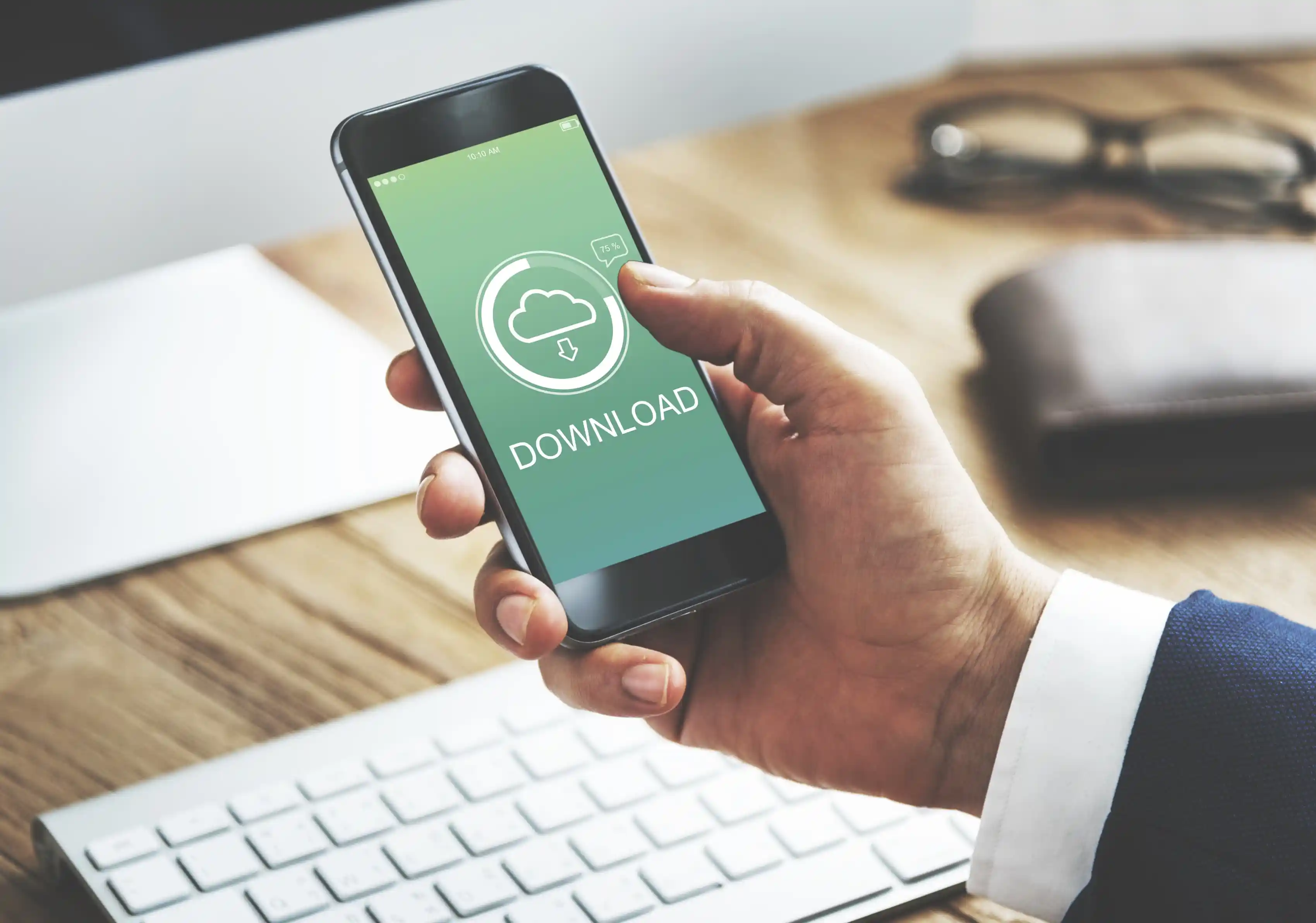
1. Look Into Your Google Play Store Activity
You can conveniently look for lost applications on the Google Play Store.
- Click on the Google Play Store to open it.
- Navigate to the top-right corner and select your profile picture.
- Tap on Manage apps & devices.
- Click Manage and choose Not installed from the dropdown menu.
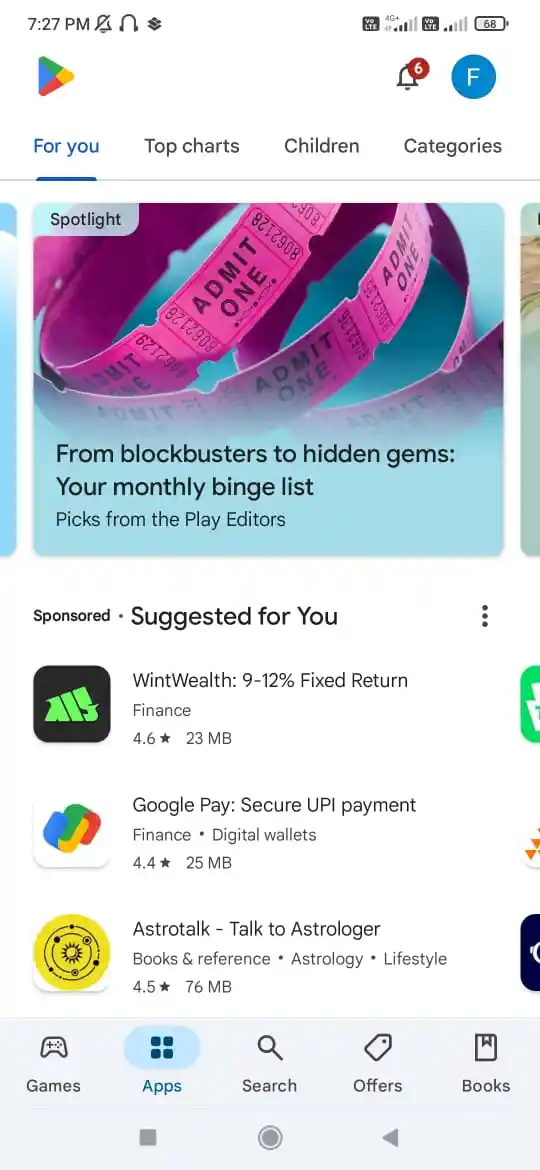
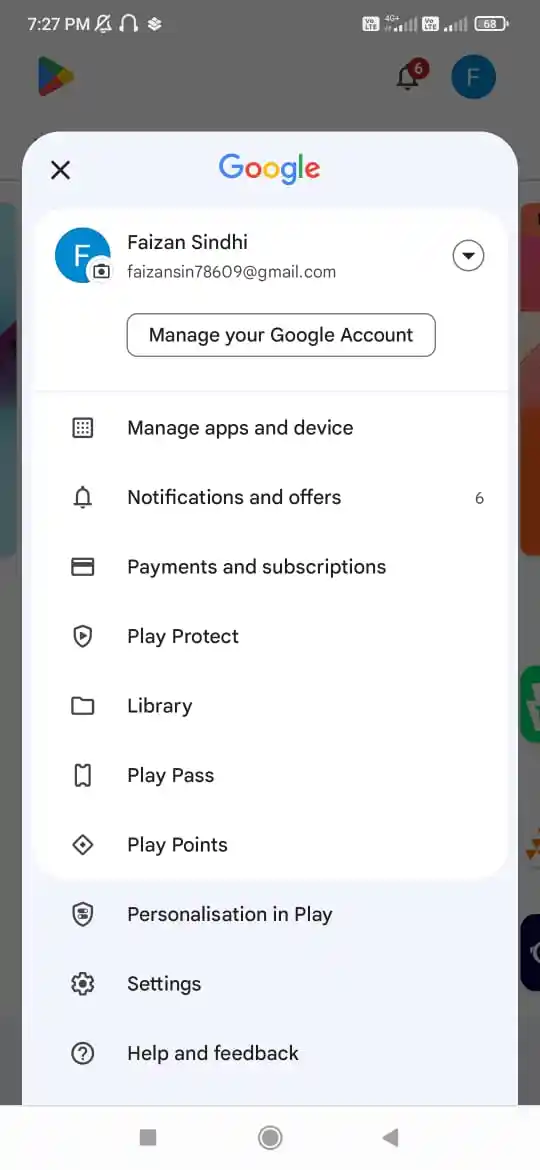
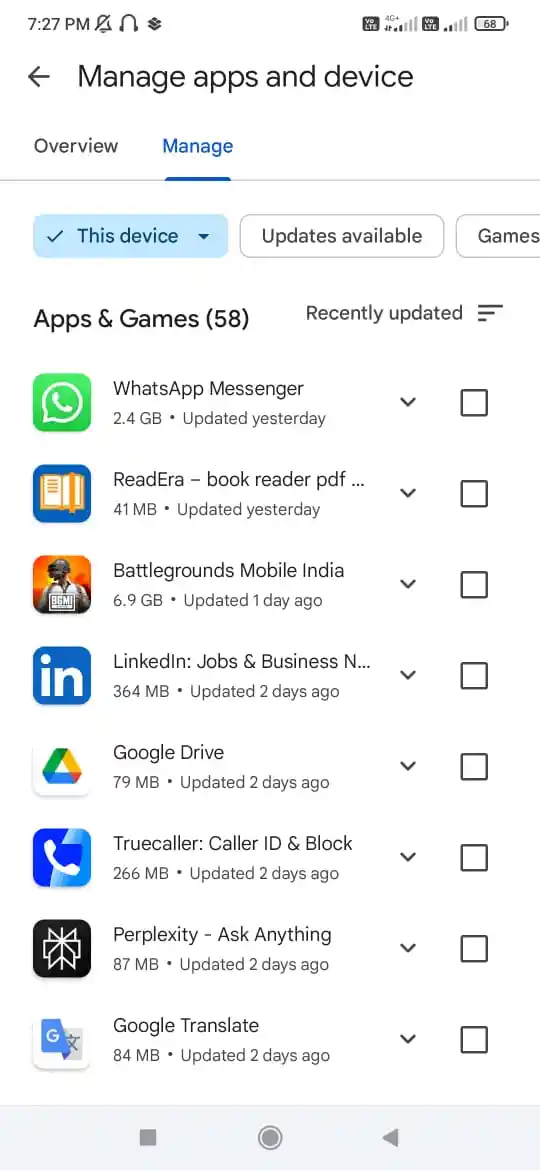
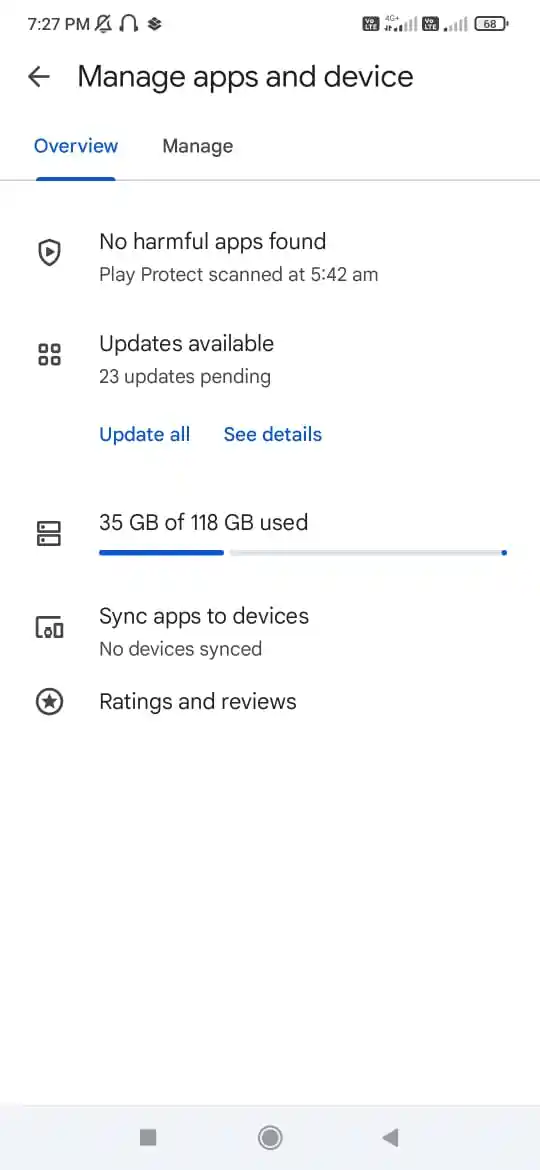
You will be presented with a comprehensive list of all the applications you have ever had on your device but no longer possess. This is the simplest method to recover an application you've deleted, allowing for immediate reinstallation. This is my preferred method when trying to recover apps I accidentally deleted.
2. Look for Apps Using Android's App Drawer Search
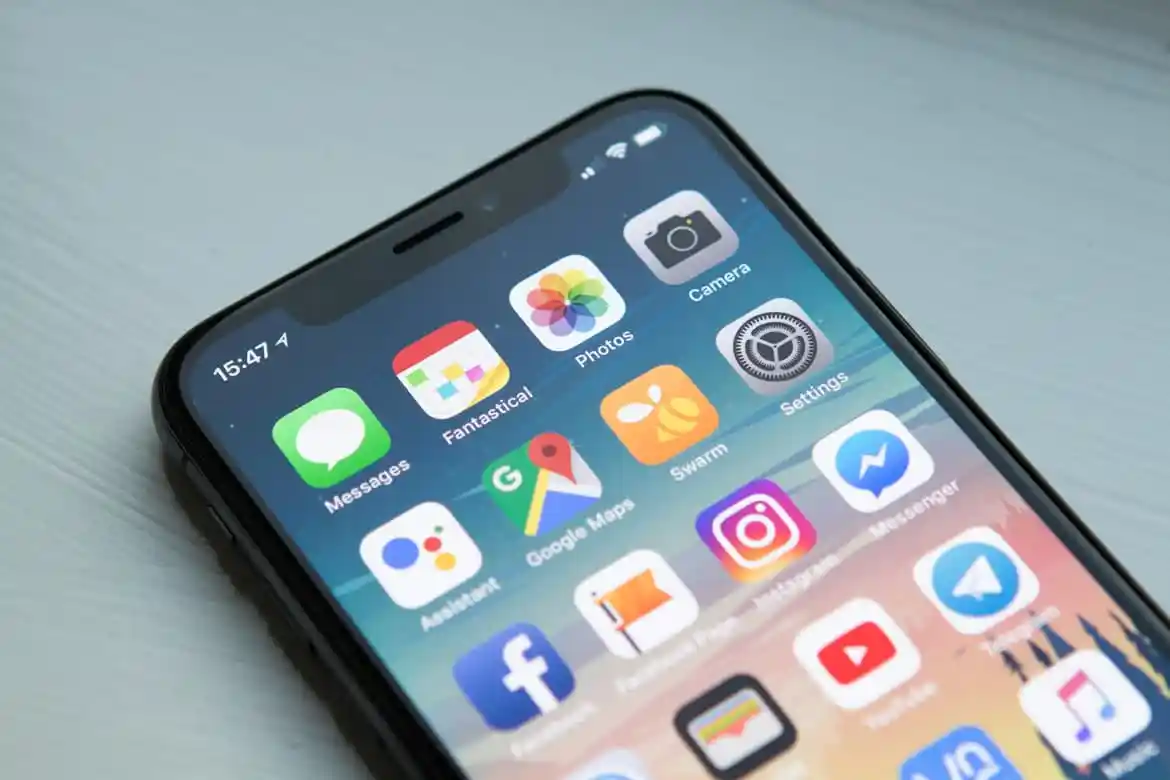
Tools may be hidden from the home screen but still accessible.
- From the home screens, swipe up to access the app drawer.
- Enter the desired app’s name in the search bar.
- If the app shows up as a suggestion, you can either open or reinstall it as necessary.
3. Utilize File Manager to Search for Leftover Application Files

Some files on your phone may still remain even if you've deleted multiple apps.
- Open the File Manager application.
- Go to Android > Data or Android > Obb directories.
- Check for folders that bear the name of the app you deleted.
You can sometimes restore some app data this way. This technique works even for game files, and I was able to recover my game progress previously.
4. Employ Trusted Recovery Tools (No Root Needed)
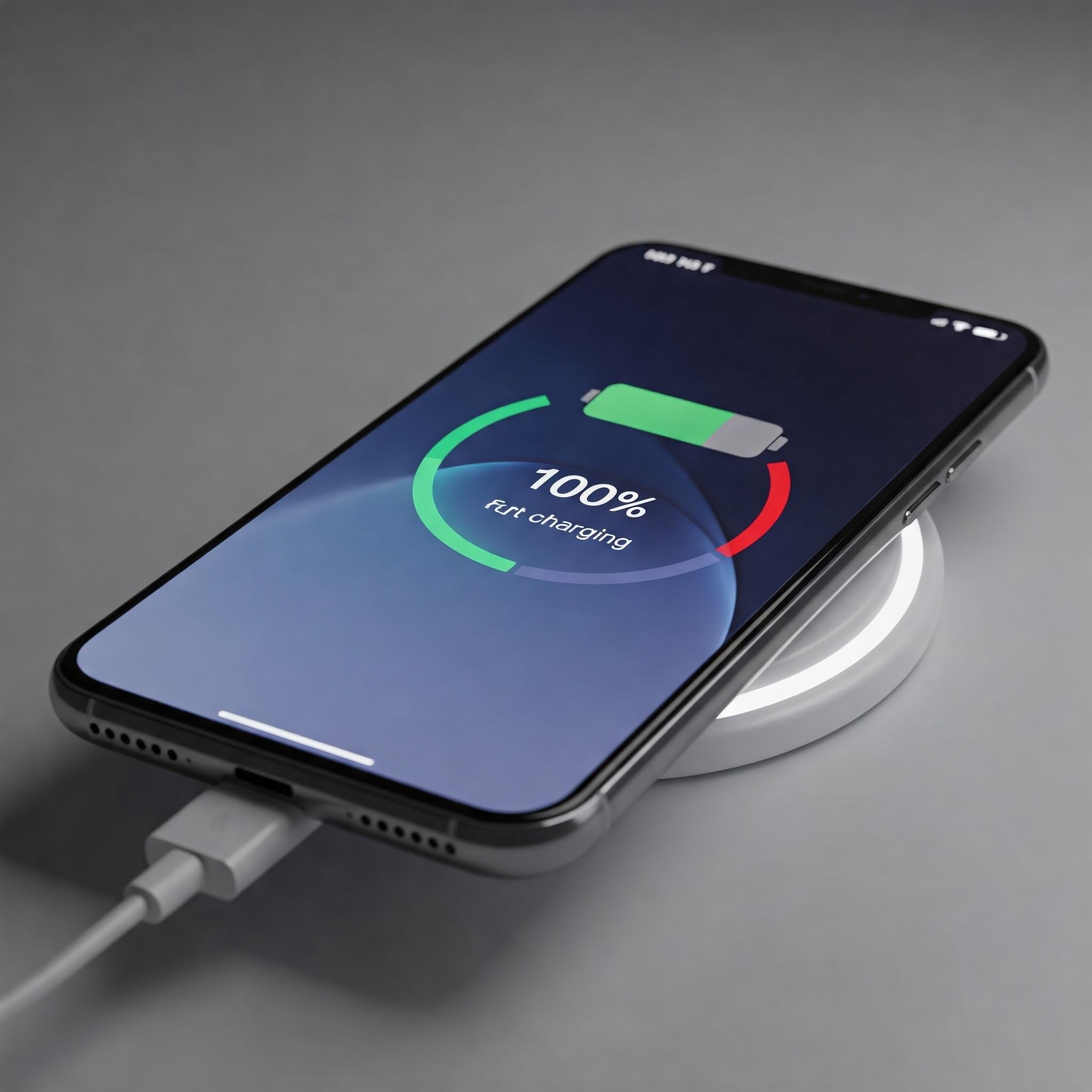
Listed below are some Android applications available on the Play Store that can recover app data without rooting your phone:
- App Backup & Restore
- Dumpster
- EaseUS MobiSaver for Android
- Dr.Fone – Data Recovery
These applications scan the devices and restore any lost apps or their associated files.
Finding Deleted Apps on an iPhone (iOS)
1. Look Up Your App Store Purchase History
Apple maintains a history of all apps associated with your Apple ID.
- Access the App Store.
- Click on your profile picture located in the top right corner.
- Click on Purchased and then My Purchases.
- Then opt for the "Not on this iPhone" option to access deleted apps.
- Click the download icon for reinstallation.
The methods listed above saved my life multiple times when I needed to get back apps that I lost due to an update or other mistakes.
2. Use Spotlight Search
In some cases, deleted apps are still visible in Spotlight Search.
- Swipe down on any home screen to open Spotlight.
- Enter the app name.
- If it appears, tap it for reinstallation or open.
3. View App Usage through Screen Time
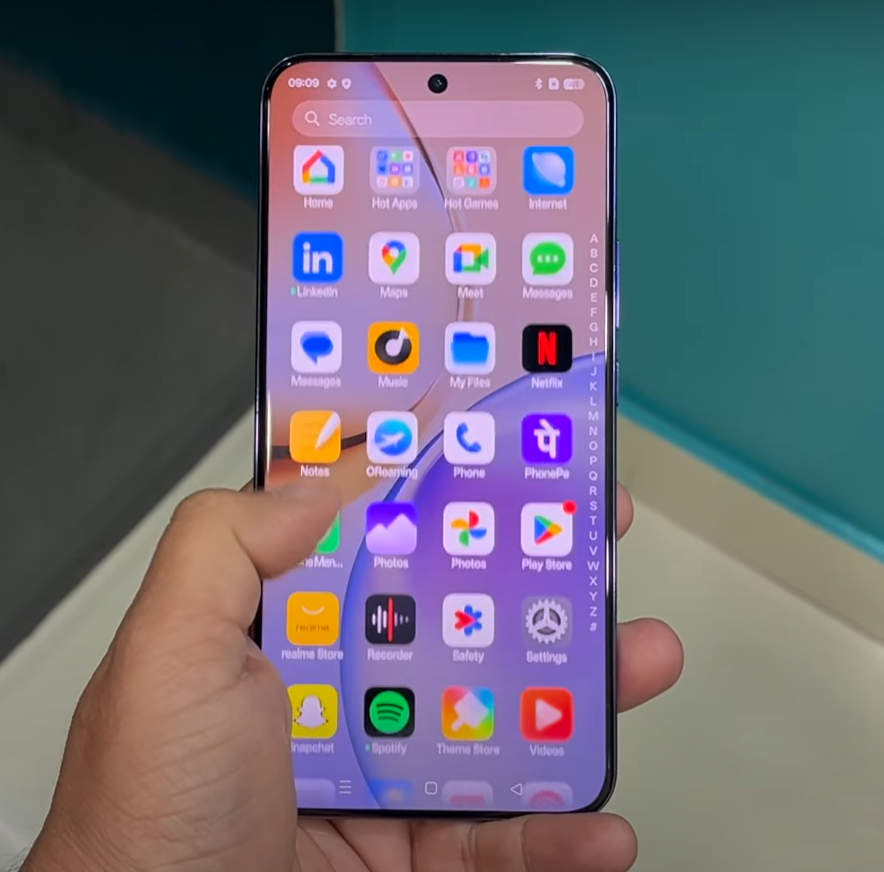
For apps that you have recently used, they can still appear in the logs.
- Navigate to Settings and select Screen Time, then click on See All Activity.
- Scroll down to locate recently used apps.
- If the application is deleted, you will still see usage stats for it.
4. View Storage on iPhone Settings
- Navigate to Settings, then select General and iPhone Storage.
- You might see some apps as "Offload App", meaning the App is deleted but the data is preserved.
- Data will be kept safe while restoring the app by tapping on Reinstall.
5. Use Files App To Search For Application Data
- Open the Files app.
- Search the 'On My iPhone' or 'iCloud Drive' for folders containing deleted applications and related files.
Sometimes some files related to the application’s data get stuck in the device even after the software is uninstalled.
6. Use No Jailbreak Trusted Recovery Tools
Here’s what we suggest for safe recovery of deleted apps or data:
- PhoneRescue for iOS
- iMazing
- AnyTrans for iOS
Using these tools does not require jailbreaking and enable recovery of app data or reinstallation of deleted applications.
Restoring Applications After Factory Reset (Android & iOS)
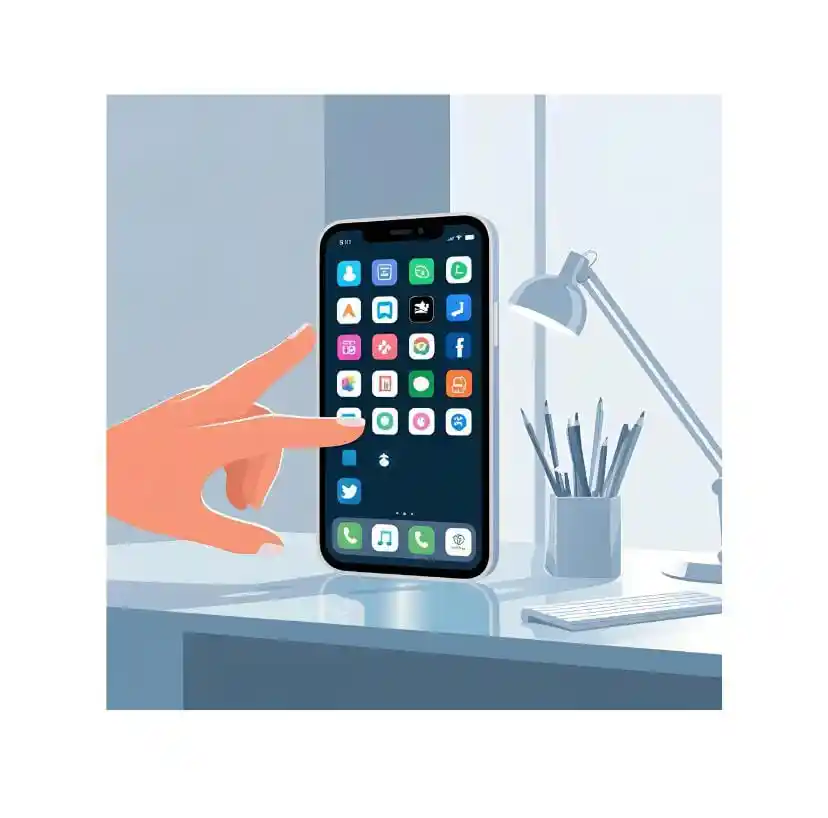
If you reset your device, don’t panic. Android and iOS both provide simple methods to restore your apps.
- On Android, sign into your Google account. Navigate to Google Play Store > Access 'Manage apps & devices' > Click on 'Manage' > Find 'Not Installed' to reinstall any necessary applications.
- On iPhone, during the set up, select Restore from iCloud Backup or iTunes Backup. Or you can go to App Store Purchase History to download apps once again.
I’ve restored my phone several times through these methods. It’s incredible!
Pro Tips to Avoid Losing an App Accidentally
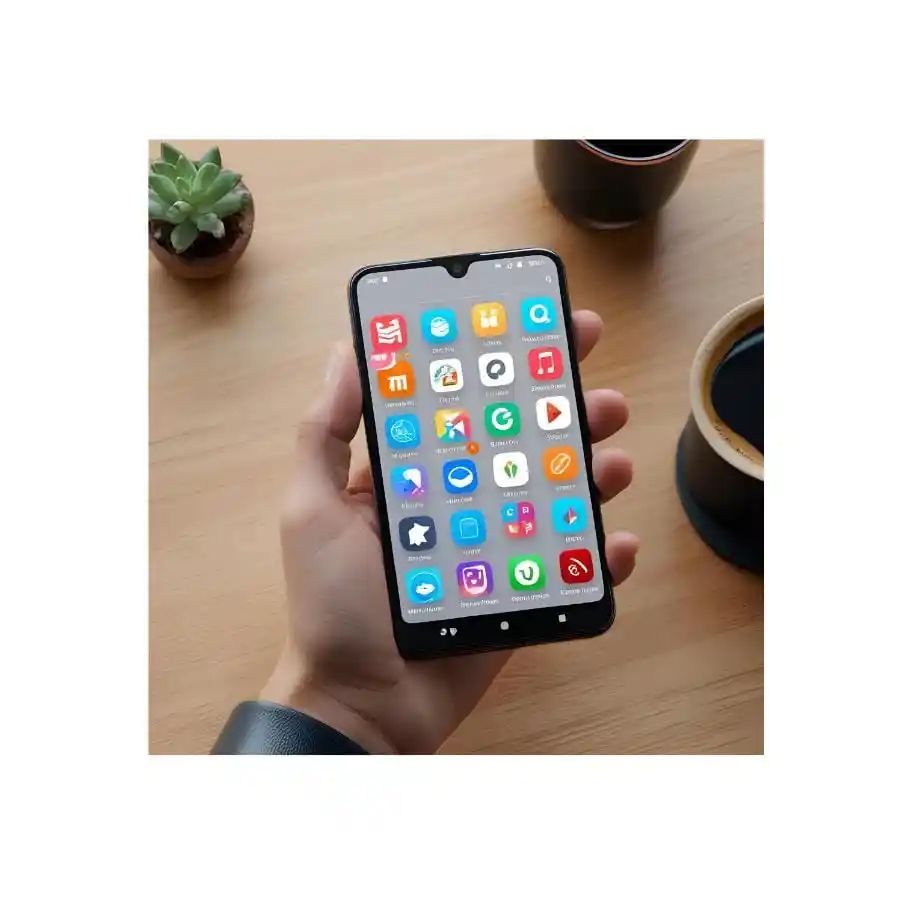
Apps can be lost, and that is one frustrating issue; however, here is how to stop it from happening:
- Make Sure You Backup on Google Account or iCloud: Make sure that the phone settings allow automatic backups for apps and app data.
- Use App Lock or Screen Time Restrictions: Locking apps or disallowing deletions helps in preventing inadvertent deletions.
- Arrange Apps in Folders on Home Screens: This helps to avoid unintended swipes and oust installation of apps.
- App Backup Tools Should Be Used Consistently: On Android, backup APK files, while on iOS, backup the app data using App Backup & Restore or iMazing.
- Antivirus Installed Apps and Deleted Apps periodically: Check the App Store or Play Store frequently to identify any omissions.
- Enable Cloud Backup Within App Settings: Many apps have their own saves; ensure that they are turned on.
- Google Sync or iCloud Drive Must Be On: This secures app documents and settings data.
- Check Backup Info before Factory Resetting: Be sure to check your backup before the app wipe.
- Don't Use Poor-Quality Cleaner Apps: Some data cleaners will reset app data randomly.
- Ensure that your phone and applications remain up-to-date: Often, updates include features that solve problems which may cause apps to disappear.
Comparison Table: Android vs iOS Methods
| Method | Android | iOS |
|---|---|---|
| Check Deleted Apps List | Google Play Store > Manage Apps | App Store > Purchased |
| Search for Deleted Apps | App Drawer Search | Spotlight Search |
| System Settings Check | Settings > Apps & Notifications | Settings > Screen Time / Storage |
| File Manager Check | Files App > Android/Data folder | Files App > On My iPhone/iCloud Drive |
| Recovery Tools | Dumpster, Dr.Fone, EaseUS MobiSaver | PhoneRescue, iMazing, AnyTrans |
